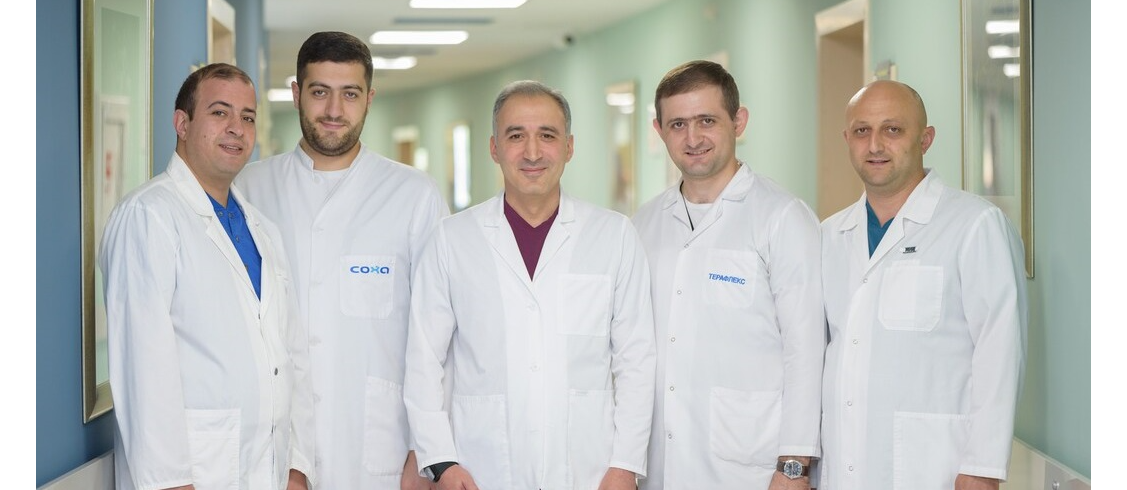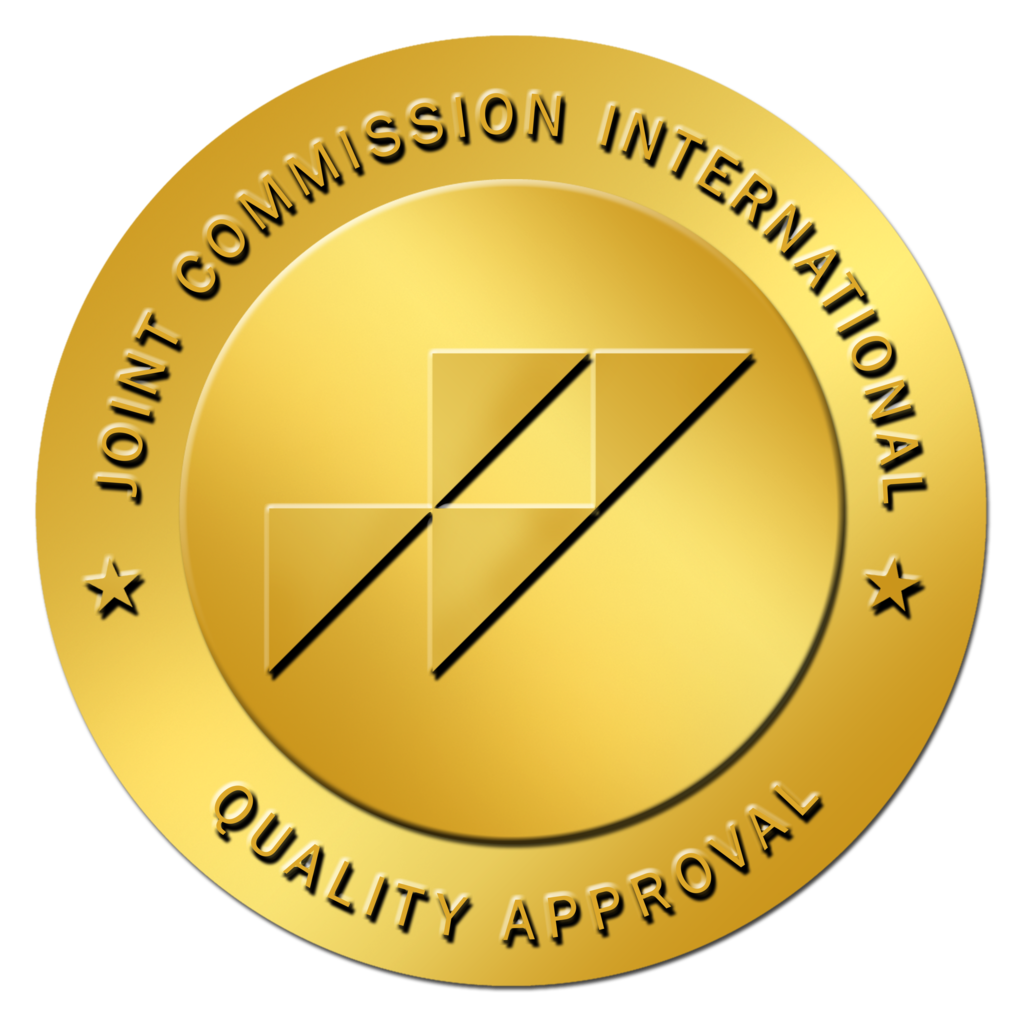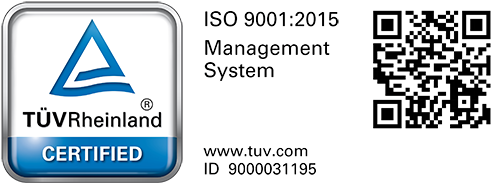What is ENMG
Electroneuromyography (ENMG) is a modern diagnostic method for assessing the neuromuscular system. It evaluates the functional state of peripheral nerves and muscles by recording their electrical activity.
The study is based on analyzing electrical impulses transmitted between muscles and nerves. ENMG helps detect nerve damage, muscle disorders, and neuromuscular transmission impairments. It is safe, non-invasive or minimally invasive (depending on the technique), and widely used in neurology, neurosurgery, traumatology, rheumatology, plastic and microsurgery, endocrinology, and other specialties.
Indications
ENMG may be recommended in cases of:
- numbness, weakness, or muscle pain in the upper or lower limbs
- suspected acute or chronic neurological diseases
- degenerative spinal disorders, intervertebral disc herniation
- polyneuropathies (diabetic, alcoholic, drug-induced, etc.)
- acute or chronic myopathies
- inflammatory and tractional plexus lesions
- toxic or drug-induced neuropathies
- nerve conduction disorders
- traumatic nerve injuries and monitoring of nerve recovery after trauma
ENMG is also prescribed to determine the causes of muscle weakness or pain and to differentiate between nerve and muscle pathologies.
ENMG of the Upper Limbs
Used to assess the condition of the nerves and muscles of the hand, forearm, and shoulder. It allows:
- detection of tunnel neuropathies (e.g., carpal/cubital or radial tunnel syndrome)
- evaluation of brachial plexus injuries
- determination of the degree of nerve compression or damage
- monitoring recovery after surgery or trauma
ENMG of the Lower Limbs
Used to evaluate the nerves and muscles of the foot, lower leg, and thigh. It helps to:
- detect sciatic nerve injuries
- assess conduction disorders in diabetes or other metabolic diseases
- diagnose polyneuropathies and muscular dystrophies
- identify nerve lesions caused by intervertebral disc herniation
- differentiate between spinal and muscular pathologies
- monitor the recovery process after injuries
How ENMG is Performed
The procedure is carried out by a neurologist using advanced equipment. Two main techniques are used:
- Nerve conduction study (stimulation) — electrodes are placed on the skin to measure the speed of nerve impulse transmission.
- Needle electromyography — a thin needle electrode is inserted into a muscle to assess its electrical activity at rest and during contraction.
The examination lasts about 20–60 minutes. Some discomfort may occur during needle insertion, but the method is considered safe and only mildly uncomfortable.
What ENMG Shows
ENMG provides valuable information about the state of the neuromuscular system. It allows the physician to:
- assess nerve impulse speed and conduction
- detect nerve compression or injury
- differentiate between neurological and muscular disorders
- monitor the effectiveness of treatment and rehabilitation
- clarify diagnosis when other methods (MRI, ultrasound) are inconclusive
ENMG is often regarded as the “final step” in neurological diagnostics, helping to determine the optimal treatment strategy.
Where to Perform ENMG in Yerevan
At Nairi Medical Center, ENMG is carried out in accordance with international standards:
- using modern equipment
- by experienced neurologists and neurophysiologists
- with an individual approach
- in a comfortable environment
Both upper and lower limb ENMG examinations are available. Results are analyzed immediately and provided to the patient in a clear and understandable report.
For appointments, please call 89 00 or visit the center at 21 Paronyan Street.








